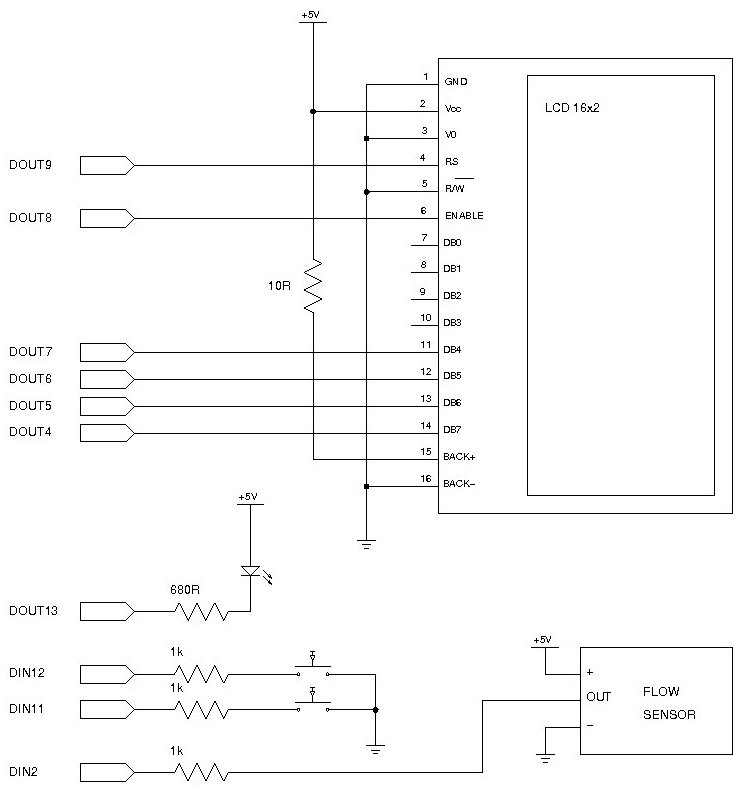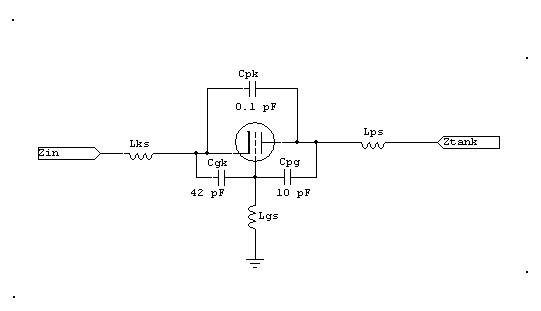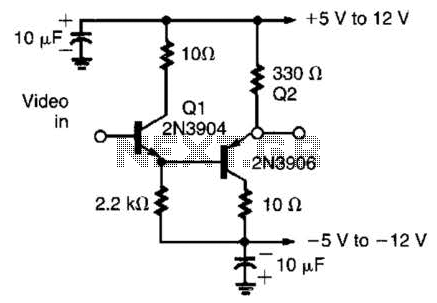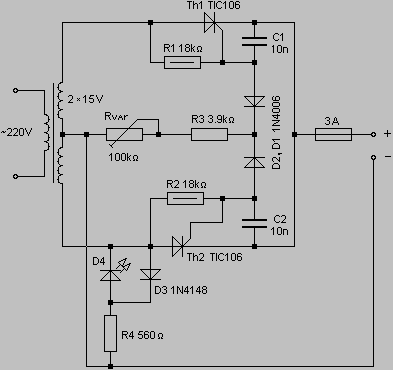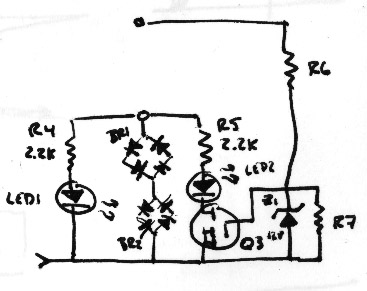
Low Power Audio Amplifier

This circuit is designed to drive a low-power speaker using a sound effects module or a noise generator. It can also be utilized to create amplified speakers for computer use. The circuit amplifies the input signal by a factor of 20 without any gain setting network between pins 1 and 8. By connecting a 10µF capacitor between these pins, a gain of 200 can be achieved. For intermediate gain values, a resistor can be placed in series with the 10µF capacitor; for instance, a 1.2kΩ series resistor yields a gain of 50.
The circuit primarily consists of an operational amplifier (op-amp) configured for audio amplification. The input signal is fed into the non-inverting terminal of the op-amp, while the feedback network between pins 1 and 8 determines the overall gain of the amplifier. The use of a 10µF capacitor in conjunction with resistors allows for flexible gain settings, enabling the user to customize the amplification level according to the specific requirements of the application.
For applications requiring a gain of 20X, the circuit can be directly used without additional components between pins 1 and 8. To achieve higher gains, the 10µF capacitor is essential, as it provides the necessary feedback capacitance to stabilize the gain at 200X. The addition of a resistor in series with the capacitor facilitates the adjustment of gain, allowing for a range of amplification from 20X to 200X, depending on the resistor value chosen.
The circuit is suitable for various audio applications, including driving small speakers in consumer electronics or DIY projects. It is important to ensure that the power supply voltage to the op-amp is appropriate for the intended output levels to prevent distortion. Additionally, care should be taken to match the speaker impedance with the output characteristics of the amplifier to avoid damage to the components. Proper layout and grounding practices should be observed to minimize noise and ensure optimal performance of the circuit.Another super-simple circuit. You could use this circuit to drive a low power speaker from a sound effects module or a noise generator. Or you could build your own amplified speakers for use with your computer. As shown (with no gain setting network between pins 1 and 8) the circuit amplifies the input signal by 20X.
A gain of 200X can be obtained by connecting a 10uF capacitor between pins 1 and 8. Connect a resistor in series with the 10uF capacitor for intermediate gain values. A 1. 2K series resistor, for example, results in a gain of 50X. 🔗 External reference
The circuit primarily consists of an operational amplifier (op-amp) configured for audio amplification. The input signal is fed into the non-inverting terminal of the op-amp, while the feedback network between pins 1 and 8 determines the overall gain of the amplifier. The use of a 10µF capacitor in conjunction with resistors allows for flexible gain settings, enabling the user to customize the amplification level according to the specific requirements of the application.
For applications requiring a gain of 20X, the circuit can be directly used without additional components between pins 1 and 8. To achieve higher gains, the 10µF capacitor is essential, as it provides the necessary feedback capacitance to stabilize the gain at 200X. The addition of a resistor in series with the capacitor facilitates the adjustment of gain, allowing for a range of amplification from 20X to 200X, depending on the resistor value chosen.
The circuit is suitable for various audio applications, including driving small speakers in consumer electronics or DIY projects. It is important to ensure that the power supply voltage to the op-amp is appropriate for the intended output levels to prevent distortion. Additionally, care should be taken to match the speaker impedance with the output characteristics of the amplifier to avoid damage to the components. Proper layout and grounding practices should be observed to minimize noise and ensure optimal performance of the circuit.Another super-simple circuit. You could use this circuit to drive a low power speaker from a sound effects module or a noise generator. Or you could build your own amplified speakers for use with your computer. As shown (with no gain setting network between pins 1 and 8) the circuit amplifies the input signal by 20X.
A gain of 200X can be obtained by connecting a 10uF capacitor between pins 1 and 8. Connect a resistor in series with the 10uF capacitor for intermediate gain values. A 1. 2K series resistor, for example, results in a gain of 50X. 🔗 External reference
